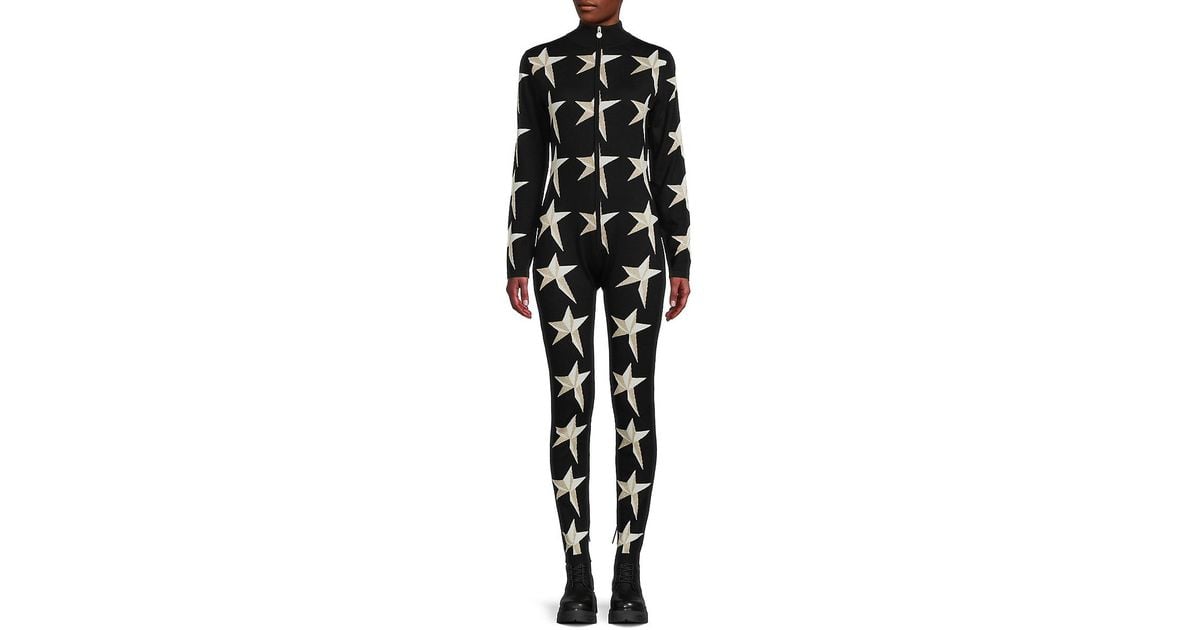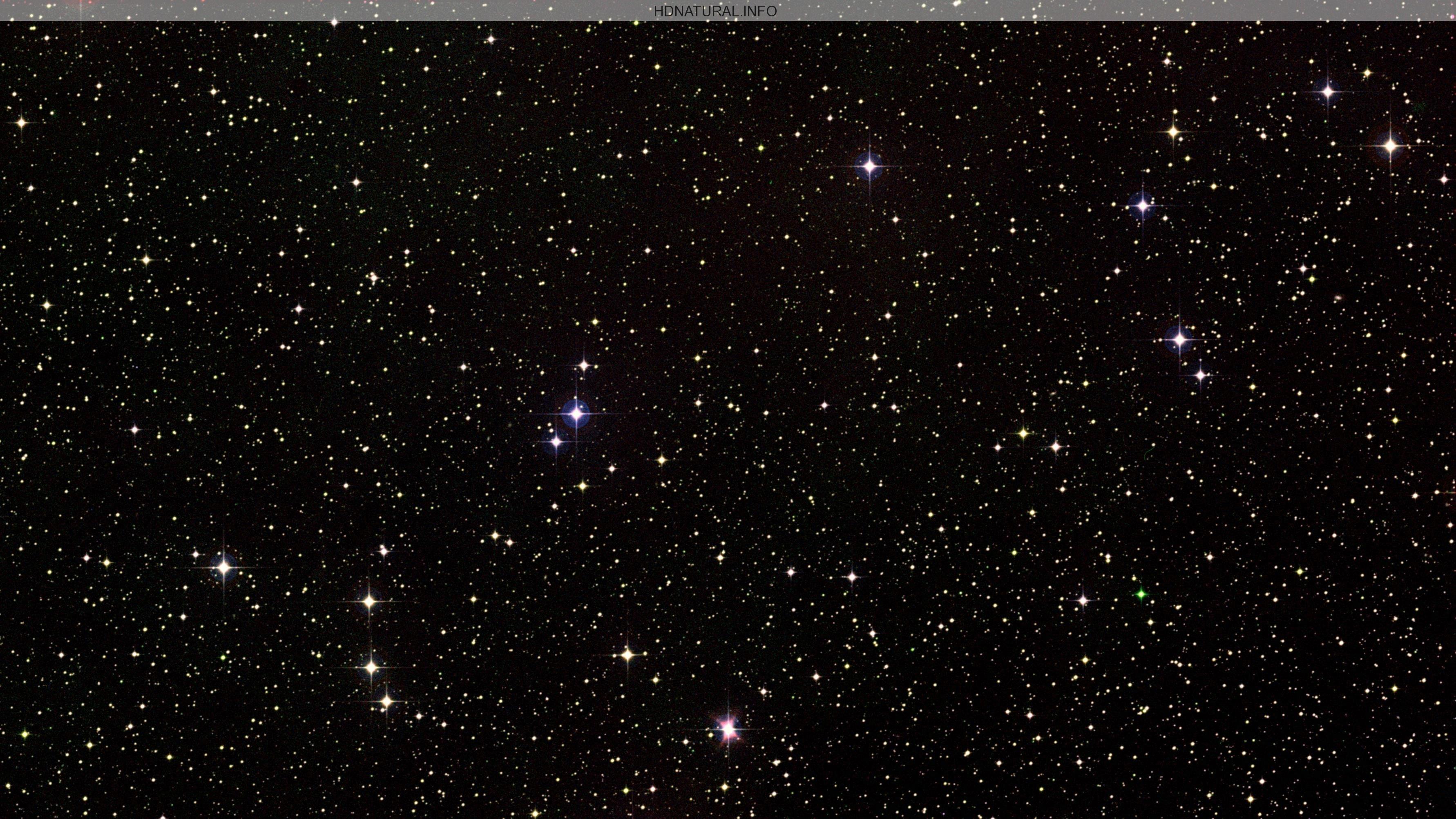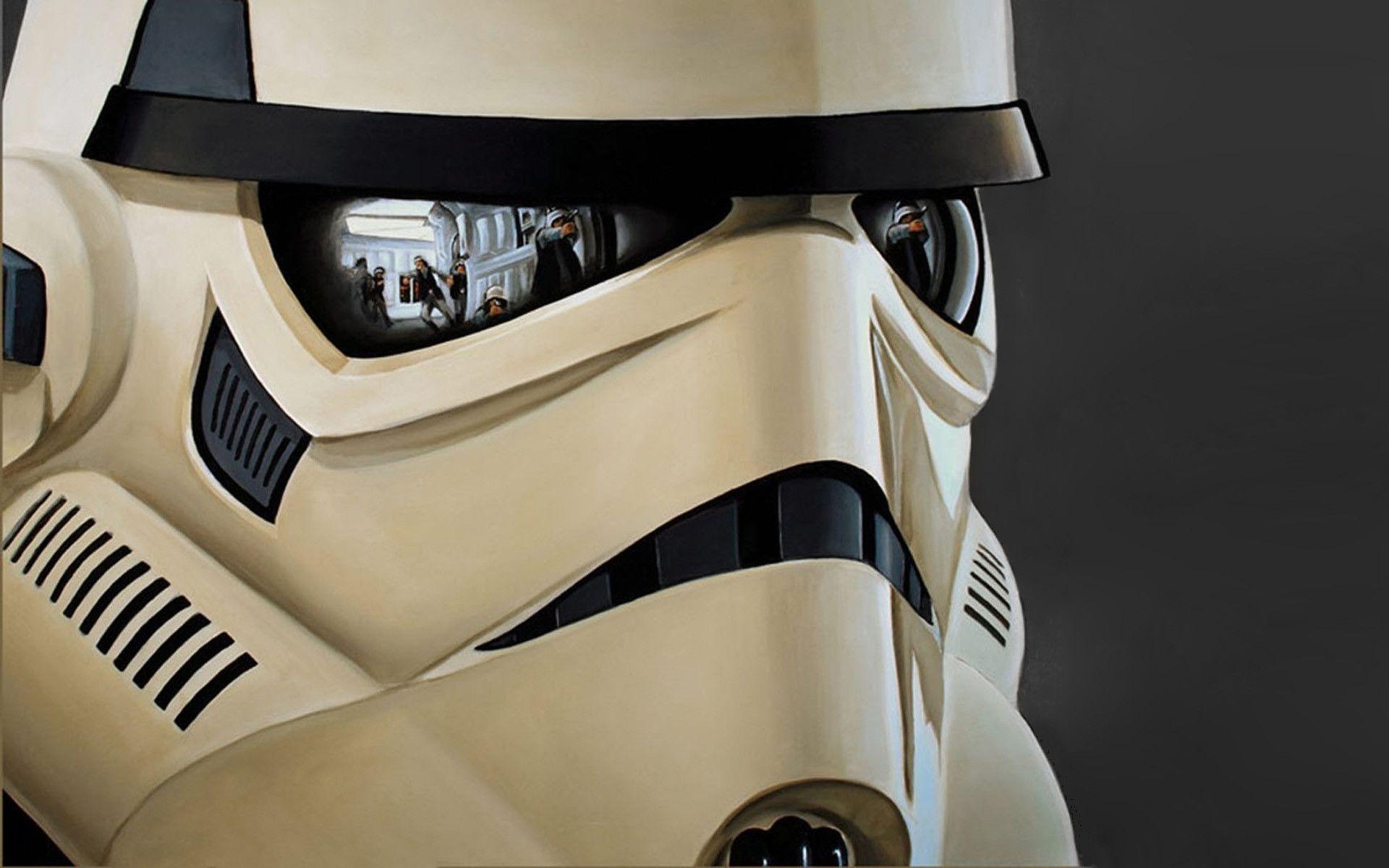


Each radiometer employs a pair of horn antennas viewing at 30° from the spin axis of the spacecraft, measuring the differential temperature between points in the sky separated by 60°. The radiometers are distributed around the outer surface of the cryostat. The Differential Microwave Radiometer (DMR) investigation uses three differential radiometers to map the sky at 31.4, 53, and 90 GHz. Differential Microwave Radiometers (DMR) As of January 1994, engineering operations were to conclude that month, after which operation of the spacecraft would be transferred to Wallops Flight Facility (WFF) for use as a test satellite. Instrument operations were terminated on 23 December 1993. With this orbit and spin-axis orientation, the instruments performed a complete scan of the celestial sphere every six months. The operational orbit was dawn-dusk Sun-synchronous so that the Sun was always to the side and thus was shielded from the instruments. The orientation of the spin axis was maintained anti-Earth and at 94° to the Sun-Earth line. The satellite rotated at 1 rpm about the axis of symmetry to control systematic errors in the anisotropy measurements and to allow observations of the zodiacal light at various solar elongation angles. The base module contained the attitude control, communications and power systems. The experiment module contained the instruments and a dewar filled with 650 l (140 imp gal 170 US gal) of 1.6 K liquid helium, with a conical Sun shade. It would contain the following instruments: Experiment module A year later, this committee suggested a polar-orbiting satellite called COBE to be launched by either a Delta 5920-8 launch vehicle or the Space Shuttle.

In 1976, NASA formed a committee of members from each of 1974's three proposal teams to put together their ideas for such a satellite. Though these proposals lost out to the Infrared Astronomical Satellite ( IRAS), their strength made NASA further explore the idea. Out of the 121 proposals received, three dealt with studying the cosmological background radiation. In 1974, NASA issued an Announcement of Opportunity for astronomical missions that would use a small- or medium-sized Explorer spacecraft. The following quantities were measured: (1) the spectrum of the 3 K radiation over the range 100 micrometres to 1 cm (0.39 in) (2) the anisotropy of this radiation from 3 to 10 mm (0.39 in) and, (3) the spectrum and angular distribution of diffuse infrared background radiation at wavelengths from 1 to 300 micrometres. The purpose of the Cosmic Background Explorer (COBE) mission was to take precise measurements of the diffuse radiation between 1 micrometre and 1 cm (0.39 in) over the whole celestial sphere.


 0 kommentar(er)
0 kommentar(er)
